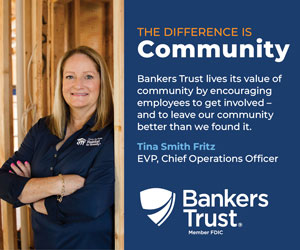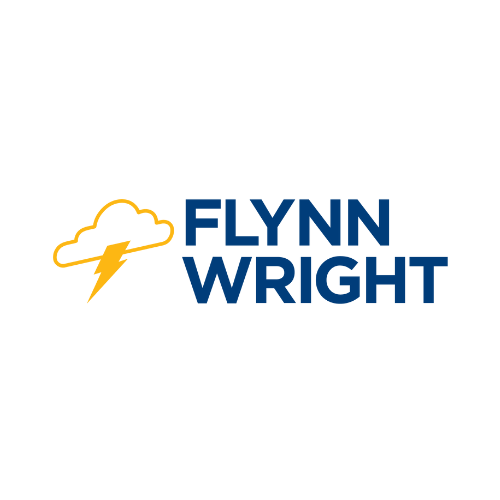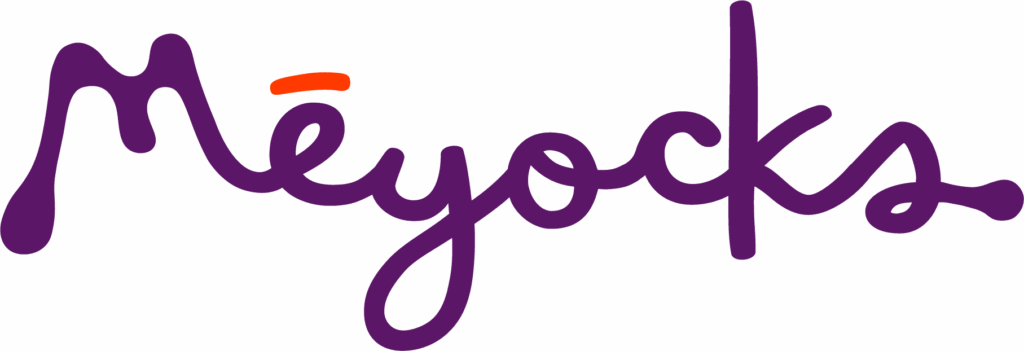McLellan: Use data to tailor offerings

For the next few columns as we wind down 2012, I want to examine some trends that should be on everyone’s radar screen as we enter 2013. As with all trends, some of these are still emerging and others are already upon us and are influencing our decisions, our customers and our businesses.
Every day, our digital activity (on the Web, on our smartphones, social networks, etc.) creates 2.5 quintillion bytes of data. In fact, 90 percent of all the data in the world today has been created in the last two years.
As our phones evolve into our mobile wallets and our hub for digital tickets and coupons, they will add dramatically to the collection of data on consumer spending and behavior.
Suffice it to say, we are leaving quite a trail. A trail that will help businesses get to know us better, anticipate our needs and provide real-time service. As business owners, we need to recognize this trend for what it is – both an opportunity and a threat.
Though you may be personally creeped out by the robustness of your data trail, the truth is, most consumers expect you to use their data to service their needs. And now.
With information literally at their fingertips 24/7 and instant access to a host of social media platforms where they can (and do) tell the world if you’ve pleased or disappointed them, today’s consumers are at the epicenter of their world –and their expectations are unbelievably high.
These consumers, especially Millennials, take for granted the idea that companies are using the data they create to tailor offerings. Here are some of the ways we need to be thinking about meeting that consumer expectation. And don’t think that if you’re a business-to-business (B2B) company, you are exempt. Your buyers have the same expectations.
Personalizing offers: Some big-box retailers are using data from loyalty card holders to offer different coupons to different shoppers based on insights gleaned via analytics, in essence, personalizing pricing.
On the B2B side, your customers expect that you are intimately familiar with their buying patterns and expect you to serve up offerings that match their buying patterns.
Catering to consumers in real time: Looking back over last year’s data is so 2001. Your customers expect you to be reacting to what happened yesterday and this morning. They want you to anticipate their needs based on what is happening right now. Does weather, a specific current event or financial conditions in the country influence how your products and services are used? You’d better be tweaking offers, product improvements and availability based on those real-time factors.
My customer service should be all about me: Businesses in many industries can fine-tune their customer service to individual consumers based on consolidated data from various sources. This should be heeded, especially in the B2B space, where the assumption is that you have fewer customers and those you have, you know better.
It’s a fine line, of course. Some people will be uncomfortable that you know so much. But that will dissipate. And among the Millennials, the attitude is almost nonexistent. They expect it. So expect this concern to be somewhat generational and over the long haul, fleeting.
Transparency will be critical. You will need to explain what digital data you are collecting and why, and then assure consumers that you can be trusted with the information.
Today this is cutting-edge stuff, especially for most offline businesses. But tomorrow, it will be the norm. Don’t get caught behind.










